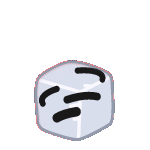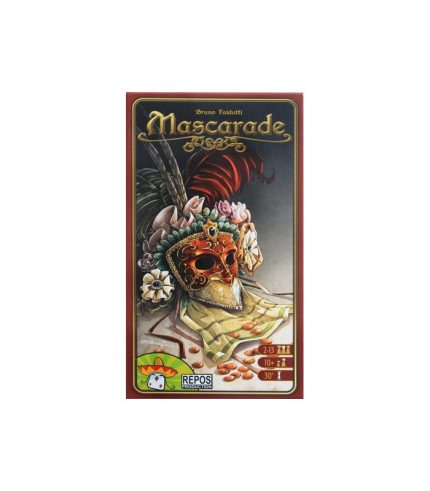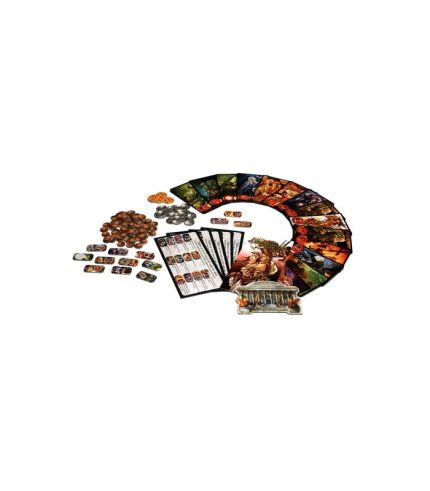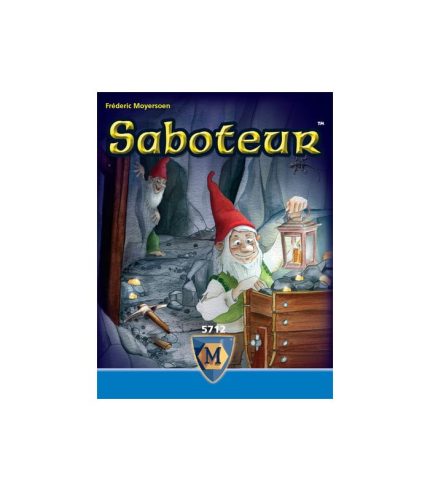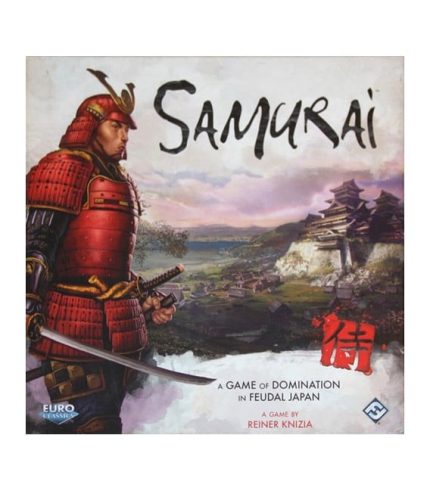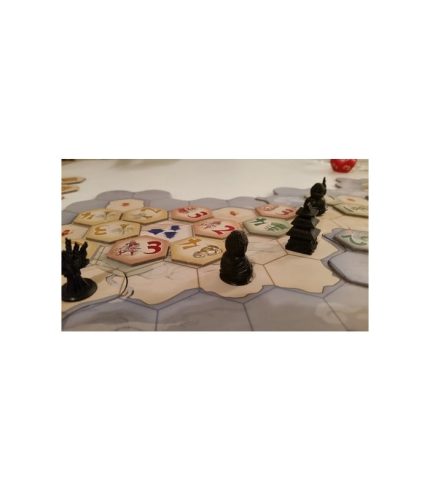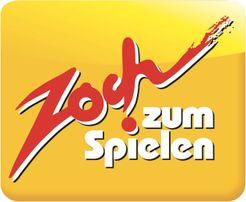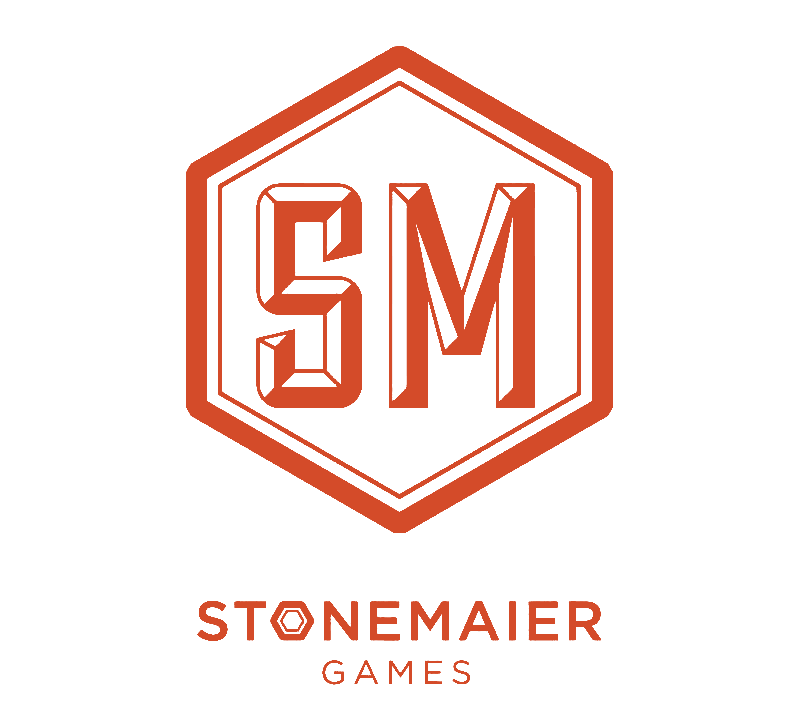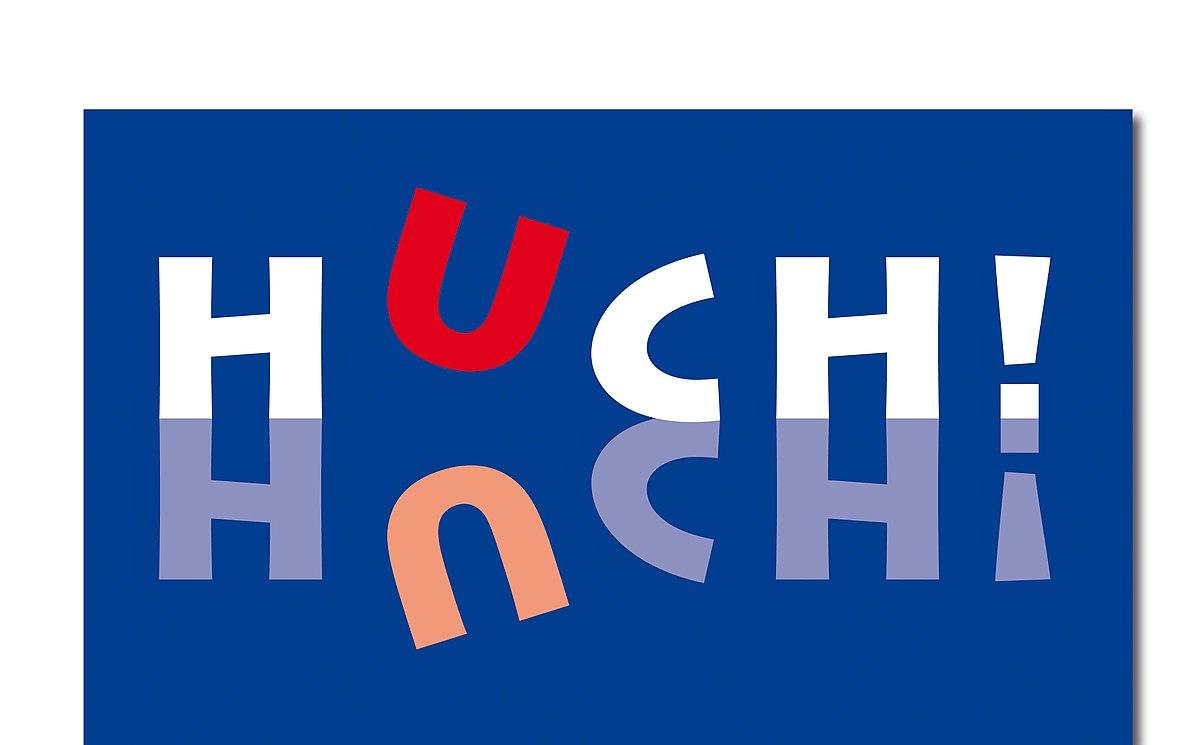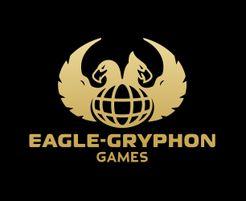توضیحات
بازی فکری پَچوورک (چهلتکّهدوزی / PatchWork):
چگونه میتوان یک لحاف چهلتکّهی کاملاً استراتژیک دوخت؟!!
در این بازی، هر بازیکن با استفاده از یک صفحهی 9 در 9، لحاف چهلتکّهی خودش را میدوزد! مهمترین نکته این است که هیچ خانهای بر روی صفحهی چهلتکّهی شما خالی نماند! بازیکنان، در هر نوبت، یا پیشرَوی کرده و «دکمه» (پول رایج در بازی!) دریافت میکنند یا یک «تکّه» به لحاف چهلتکّهی خود اضافه میکنند…
یک بازی استراتژی انتزاعی (Abstract Strategy) فوقالعاده هوشمندانه و فوقالعاده پُرهیجان با مکانیزم «چیدمان کاشی» و «جستجوی زمان»…
* تعداد و سن بازیکنان: 2 بازیکن، 8 سال بهبالا
* مدت زمان بازی: 15 تا 30 دقیقه
* کارکرد و نکات آموزشی: افزایش قدرت برنامهریزی استراتژیک و تصمیمگیری / افزایش تمرکز و حضور ذهن / افزایش ریسکپذیری
بازی ایرانی چهل تکه (Patchwork)
چیزی درباره هنر وصله دوزی شنیدی ؟؟
دوست داری با وصل کردن تکه پارچه های رنگی و جذاب و یه سری دکمه وصله دوزی کنی؟
پس، دست به کار شو و هنرتو به نمایش بزار.
اما…
قضیه به همین آسونی که فکرشو میکنی نیست !
قرار نیست تمام تکه ها به راحتی به هم وصله شند. این تویی که باید با مدیریت هزینه، تکه پارچه هایی رو خریداری کنی که به زیباترین شکل ممکن وصله شند.
کسی برنده ی این بازی میشه که بزرگترین و زیباترین پارچه رو وصله دوزی کرده باشه.
بازی بازی ” دوخت و دوزPatchwork ” یک بازی خانوادگی و انتزاعی دو نفره جذاب هست که در آن هر یک از بازیکنان باید روی صفحه ای که مقابل خود دارند تکه دوزی کنند.
تکه های پازل مانند پارچه ها دور صفحه ی بازی به طور تصادفی چیده میشوند و بازیکنان باید با پرداخت هزینه ی پارچه ها که روی تکه های پازل به صورت دکمه درج شده، تکه ها را خریداری کنند و در صفحه ی مقابل خود به تکه های دیگر وصله کنند.
بازی زمانی به پایان میرسد که مهره ی یکی از بازیکنان به مرکز بازی در صفحه ی اصلی برسد.
درآخر بازیکنی برنده هست که بزرگترین و زیباترین تکه ها رو وصله دوزی کرده باشد و جای خالی کمتری در صفحه ی خود داشته باشد و همچنین دکمه های باقیمانده ی بیشتری برایش باقی مانده باشد.
